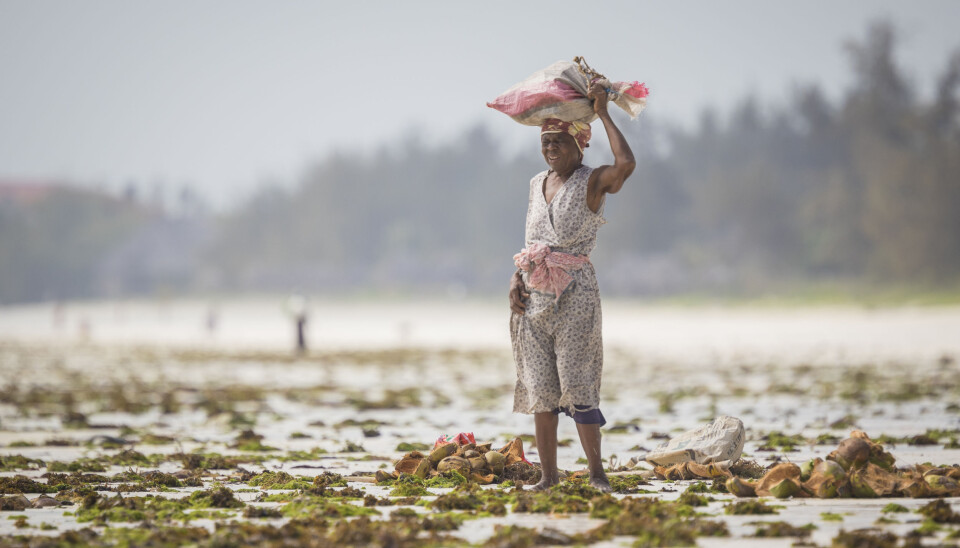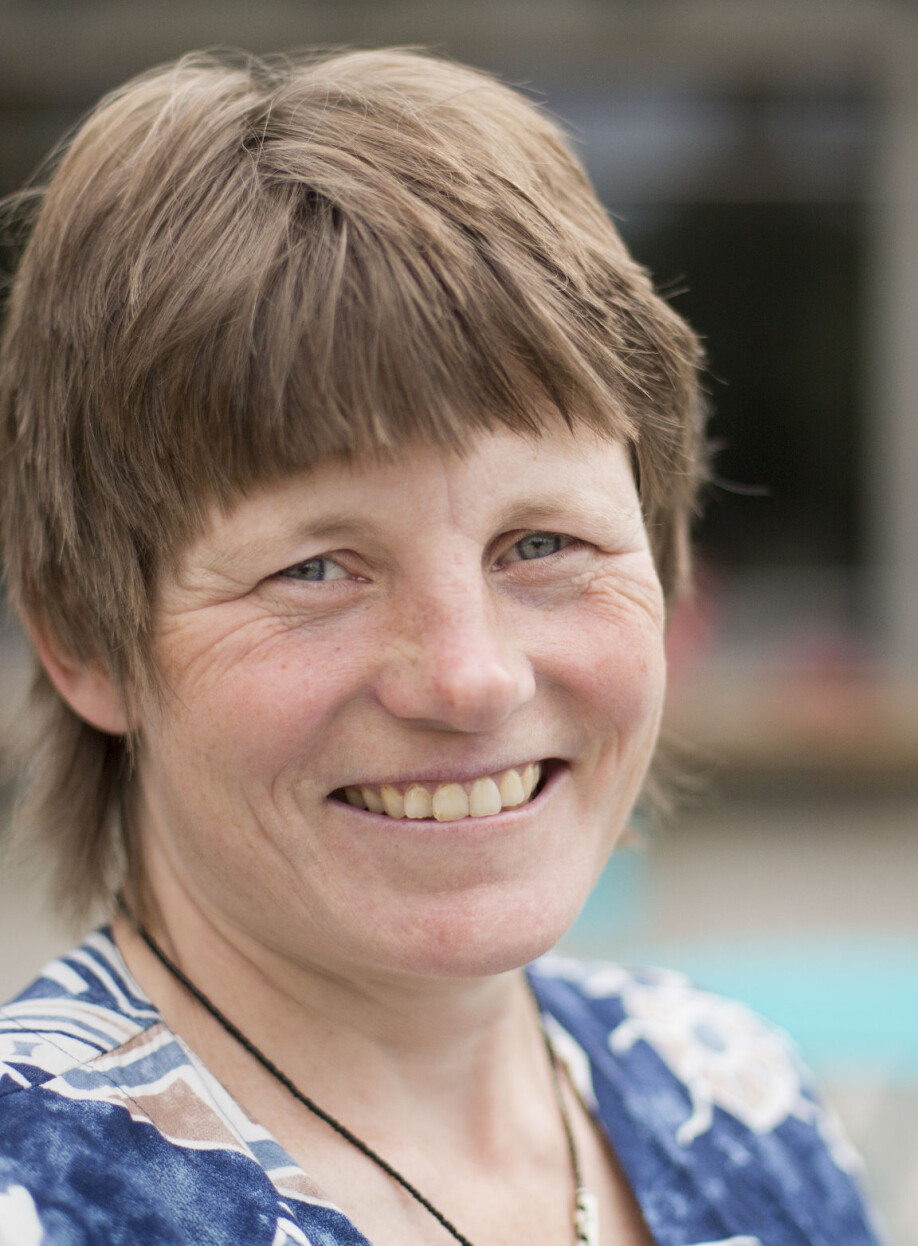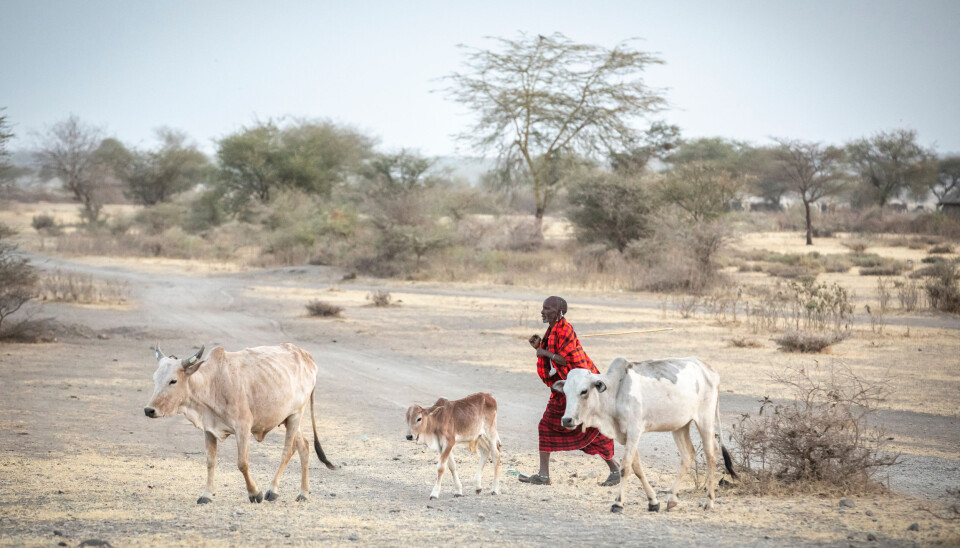THIS ARTICLE/PRESS RELEASE IS PAID FOR AND PRESENTED BY THE Norwegian University of Life Sciences (NMBU) - read more

Climate adaptation projects create problems for vulnerable groups
Climate adaptation projects in developing countries often work against their purpose for already vulnerable groups, according to new research led by NMBU.
Already powerful actors gain more power. Ethnic groups are forced to move. Others are stuck in uncertain jobs in areas vulnerable to climate change. Social and economic inequalities are reinforced.
These are just some of the examples that emerge in a new article published in the academic journal World Development. The researchers have reviewed 33 studies of climate adaptation projects across the world, including projects funded by Norway.
"We need to stop repeating the same old mistakes and start thinking differently. We need to take a broader perspective, geographically, socially and politically speaking, in order to understand the actual long-term effects of climate adaptation interventions," says professor at NMBU Siri Eriksen.

More power to the already powerful
"We know that some of these projects make the most vulnerable groups even worse off than they were before. This is partly because the projects are managed and organised by powerful and influential actors. The people who need the climate adaptation interventions the most have little say in shaping the projects. That’s a problem," says Eriksen.
Co-author of the study, Dr Lisa Schipper of the University of Oxford, describes the same issue:
"The way the projects are organised means that the money often goes to the wrong people. Well-established and powerful actors are often behind the projects. They look after their own interests and define the premises for what constitutes good climate adaptation. Marginalised groups remain marginalised and have less and less influence," says Schipper.
One of the most extreme examples, according to the researchers, is when climate adaptation interventions play a role in people being forced to move or give up their livelihoods.
In Ethiopia, for example, pastoralist communities have been forced to give up their nomadic lifestyle and settle as part of the country’s strategy for a climate-adapted green economy and agricultural development led industrialisation. By establishing areas that are out of bounds to local groups, the interventions reduced the communities’ access to land and resources that they traditionally depended on during periods of flood and drought.
"There are examples from around the world of how projects reinforce existing social and political inequalities, especially in areas of pre-existing conflict and political tension, for example through changes in land rights or by legitimising the power of already influential actors," says Siri Eriksen.
The researchers observed similar tendencies in countries like Malawi and Colombia. Here, some interventions are implemented through established power networks, and in areas that are already readily accessible to the donors. The groups who need the help the most are excluded from the processes and reap fewer benefits from the interventions.
Interventions create new problems
The researchers also found several examples of interventions introduced in one area triggering new and unforeseen problems in another.
An example is Vietnam, where hydroelectric power installations and forest conservation measures have seemingly contributed to flood regulation in low-lying areas of land. On second glance, however, mountain communities higher up in the terrain have lost access to land and resources that have long been important to them.
"These groups are already marginalised in the country and became even worse off after the adaptation interventions were implemented," says Eriksen.
In another area of Vietnam, what was deemed an environmentally friendly development project in Hanoi saw 4,000 families being forced to move from the area.

Inadequate social and political understanding
"The institutions tasked with implementing the projects are often natural scientists with technical expertise, but with a varying understanding of societal dynamics. They do not emphasise understanding the mechanisms that lead to marginalisation of certain population groups," says Eriksen.
She is critical of the technical focus emphasised by many of the projects. The professor argues that the criteria for a successful project do not coincide with what actually leads to long-term positive change for those who need it:
"Once the project has been completed, it is evaluated on the basis of the criteria stipulated for the project, which often concern numbers of people reached regardless of effectiveness, rather than more qualitative and contextual measures of well-being. This means that any negative impacts are often overlooked. What does succeeding with a climate adaptation project actually mean?"
Eriksen states that existing development agendas are uncritically adopted as defining ‘adaptation success’, a kind of retrofitting adaptation into development that may reinforce rather than address the causes of vulnerability. Importantly, this tendency may lock societies into unsustainable development pathways in the face of climate change.
False security impedes adaptation
"We also see that some projects give the local communities a false sense of security, for example when infrastructure that protects against flooding and rising sea levels is built. It means that, instead of adapting to the changes by thinking about where it is safe to live and how they can earn money in a way that is viable and sustainable in the long-term, people become stuck in the old structures. Investments are made in areas and in livelihoods that are risky in the long term," says Eriksen.
"In Bangladesh, for example, the coast was upgraded with new, costly infrastructure to protect the population from tropical storms. This encouraged people to remain in a high-risk area, rather than establish themselves in areas and engage in activities that are far more sustainable in the long term," she explains.
‘Talk less about money’
Lisa Schipper believes it is important to talk less about money and more about how various projects actually contribute to helping vulnerable population groups.
"It’s pointless to discuss figures and how much climate adaptation costs. This article shows that many of the projects do not in fact work. That should be the starting point for the debate going forward," she believes.
In the study, the researchers argue that those developing future projects need to understand the drivers of local and global vulnerability:
"To overcome these challenges and ensure funding is actually helping marginalised people, it is crucial for the international funding community to engage more deeply with the drivers of local and global vulnerability, such as poverty or unequal power dynamics, and how they interact with climate risk", says Eriksen.
She underlines that the findings in no way represent an argument against climate adaptation projects. On the contrary, funding of climate adaptation is important for social justice and to reduce vulnerability.
"Marginalised groups, meaning population groups at the edge of society, are often hit the hardest by climate change. Climate adaptation should therefore be a way of taking a new approach to what good development entails. To do this, however, the projects must be funded, planned and implemented in a way that avoids reinforcing development problems," she underlines.
Creates engagement
"We’ve seen that the article has already had great publicity, including lots of interest and discussion on Twitter. I think our findings confirm issues that many practitioners have been aware of for a long time, but which have not always been well documented. People are enthusiastic about the paper because they finally have a tangible body of evidence to refer to," says Nick Brooks, an adaptation researcher and consultant with Garama 3C Ltd in Norwich, and co-author of the study.
Another of the co-authors, Dr Katharine Vincent, who has been closely involved in projects in several African countries, believes the engagement can help to bring about change:
"With enough pressure, it will be possible to change. This is essentially about how our tax money is spent. We must be able to demonstrate that the money reaches the people who most need our help. By changing the criteria for what "successful" adaptation looks like, we will slowly but surely be able to do things in a much better way than today," says Vincent from her office in South Africa.
References:
Eriksen, S. et al, (2021) ‘Adaptation interventions and their effect on vulnerability in developing countries: Help, hindrance or irrelevance?’ _World Development DOI: https://doi.org/10.1016/j.oneear.2020.09.014
See more content from NMBU:
-
Shopping centres contribute to better health and quality of life
-
We're eating more cashew nuts – and the consequences are serious
-
Do young people with immigrant parents have better health?
-
Who’s picking your strawberries this summer?
-
Can coffee grounds and eggshells be turned into fuel?
-
Rising housing costs fuel inequality in Norway





































